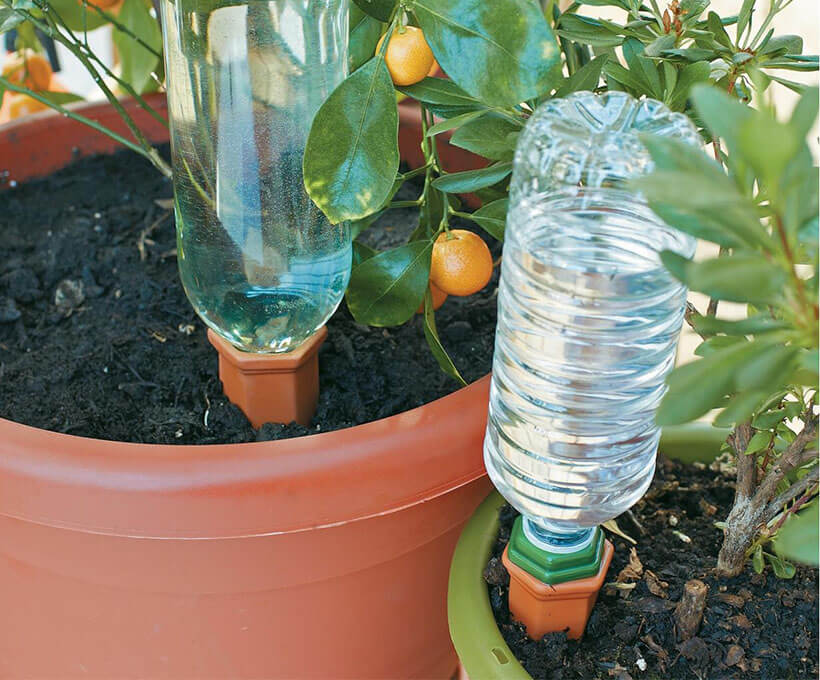If you’re wondering whether to put your shed on blocks, the short answer is yes, it’s often a good idea. Elevating your shed can help with drainage, prevent rot, and keep pests at bay. But let’s dive into the nitty-gritty of why this might be the right choice for you.
Benefits of Putting Your Shed on Blocks
Better Drainage
One of the biggest perks of raising your shed is improved drainage. When your shed sits directly on the ground, water can pool around it, leading to potential water damage. By placing it on blocks, you create space for water to flow underneath, keeping everything dry and intact.
Pest Prevention
Let’s face it: critters love to make homes in damp places. Elevating your shed makes it less inviting for pests like mice or insects. With a little height, you’re giving those unwanted guests fewer reasons to move in.
Increased Airflow
Putting your shed on blocks allows for better airflow underneath. This can help reduce moisture build-up, which is a big win for keeping your shed in good shape over the years.
Considerations Before You Start
Local Regulations
Before you get too excited about lifting your shed, check out local building codes. Some areas have specific regulations about how structures should be placed or anchored. It’s always smart to do a little homework first!
Stability and Leveling
Blocks can shift over time, especially if the ground beneath them isn’t stable. Make sure to level everything properly before placing your shed on blocks. You don’t want a wobbly shed that could tip over or cause issues down the line.
Conclusion
So, should you put your shed on blocks? Absolutely! It’s a practical solution that offers several benefits like better drainage and pest prevention. Just remember to consider local regulations and ensure everything is stable and level before you start.
FAQ
How high should I raise my shed off the ground?
Generally, raising your shed 4-6 inches off the ground is sufficient for drainage and airflow. However, this can vary based on local conditions.
What type of blocks should I use?
Concrete blocks are a popular choice due to their durability and stability. Just make sure they’re level and placed securely!
Can I put my shed directly on the ground instead?
You can, but it’s not recommended if you want to prolong its lifespan. Direct contact with soil can lead to moisture issues and rot.
How do I level my shed after it’s on blocks?
Use a level tool to check each corner of your shed after placing it on blocks. Adjust by adding or removing soil or using shims until everything is even.
Is it necessary to anchor my shed once it’s on blocks?
While not always required, anchoring your shed can provide extra stability against strong winds or storms. It’s worth considering if you live in an area prone to severe weather.



